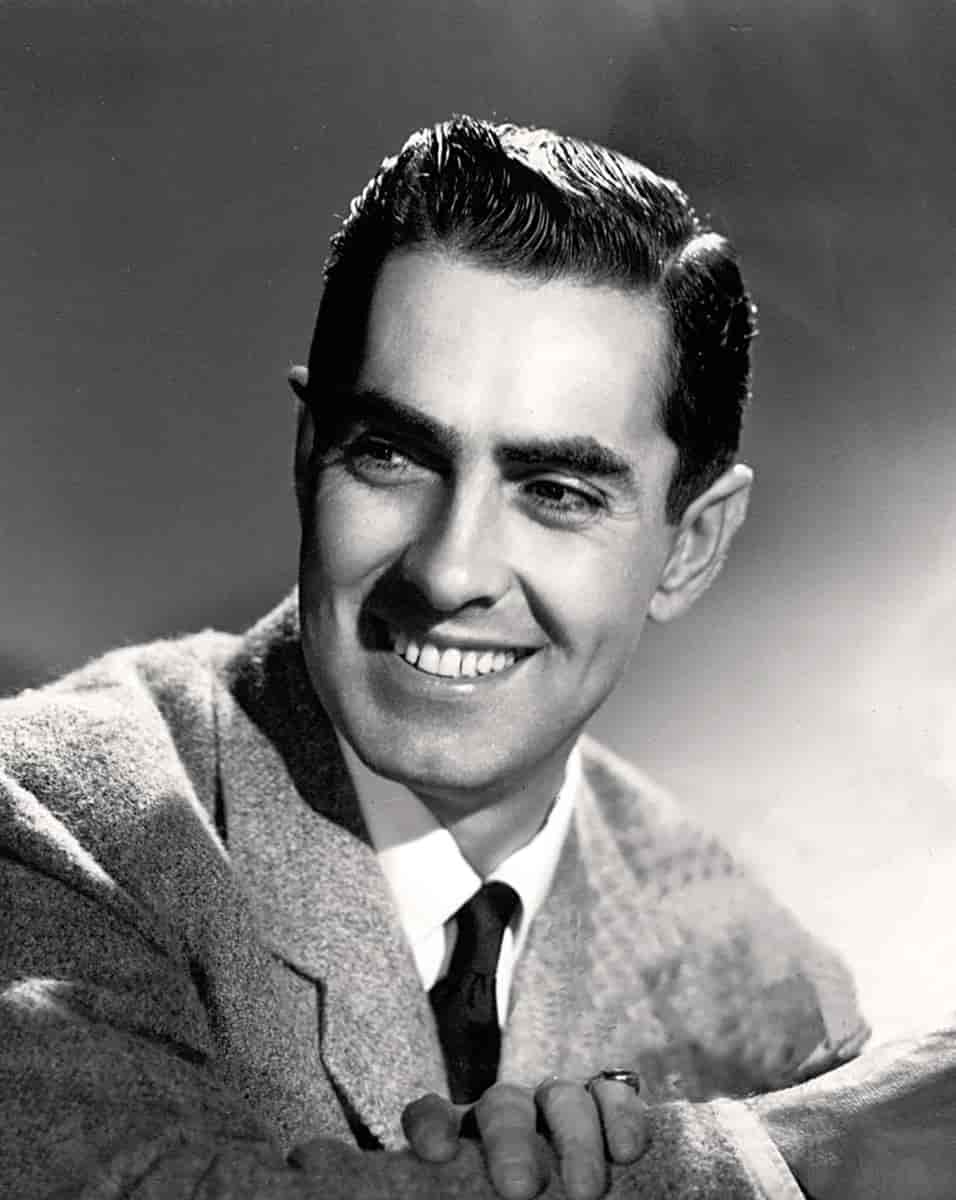
The loss of a Hollywood icon is always a profound tragedy, robbing the world of talents who served as inspirations and role models for aspiring artists. While not all actors are fortunate enough to live long lives, those who left us too soon often etched an indelible imprint on Hollywood during their careers, leaving behind legacies that continue to resonate.
Indeed, some actors faced the ultimate untimely cost, passing away while still actively working on a film or television project. In these heartbreaking circumstances, Hollywood studios and production teams were often left scrambling, facing immense emotional and logistical challenges to complete the films their stars had dedicated their final days to.
The world of cinema has, on multiple occasions, been shaken by these untimely deaths of talented actors in the midst of filming. These tragic events often lead to significant changes in the film industry, profoundly affecting productions and the very way movies are completed. This article delves into a series of such instances, exploring the innovative and often poignant methods employed to honor these artists and ensure their final performances reached audiences worldwide.

1. Brandon Lee (1965–1993)
Brandon Lee, a promising young actor, met a truly tragic end while filming “The Crow.” At just 28 years old, a horrific prop gun mishap led to his untimely death on set, casting a profound shadow over the entire production. It was a shocking incident that brought the inherent dangers of filmmaking into stark relief.
The accident occurred during the final week of shooting, leaving the cast and crew in unimaginable shock and deep mourning. Despite the overwhelming tragedy and the immense grief, the filmmakers made the difficult decision to complete the movie, determined to honor Lee’s final work and vision. This choice reflected a deep commitment to his legacy.
To accomplish this, the production team utilized stunt doubles and groundbreaking digital effects to finish Lee’s remaining scenes, ensuring that his powerful final performance would ultimately be seen by audiences worldwide. “The Crow” was released to critical acclaim, but the loss of Brandon Lee remains a poignant and somber reminder of the fragility of life, forever linked to the film’s powerful narrative.

2. Heath Ledger (1979–2008)
Heath Ledger, renowned for his remarkable versatility and intense performances, left an indelible mark on cinema before his truly untimely passing. During the filming of “The Imaginarium of Doctor Parnassus,” Ledger tragically died from an accidental overdose, bringing the production to an abrupt and sorrowful halt and leaving the crew reeling from the shock.
However, the film’s imaginative premise, which involved characters traversing magical realms and undergoing transformations, allowed for a profoundly unique and innovative solution. To complete Ledger’s pivotal role, an extraordinary trio of actors—Johnny Depp, Jude Law, and Colin Farrell—stepped in. They shared his character, transforming his appearance as he journeyed through these fantastical dimensions, a testament to Ledger’s captivating performance.
This creative and deeply respectful decision not only honored Ledger’s groundbreaking work but also, remarkably, added a new and unexpected layer to the storytelling, making the film a moving tribute to his artistic spirit and enduring talent. It stands as a unique example of Hollywood rallying to complete a vision in the face of immense loss.
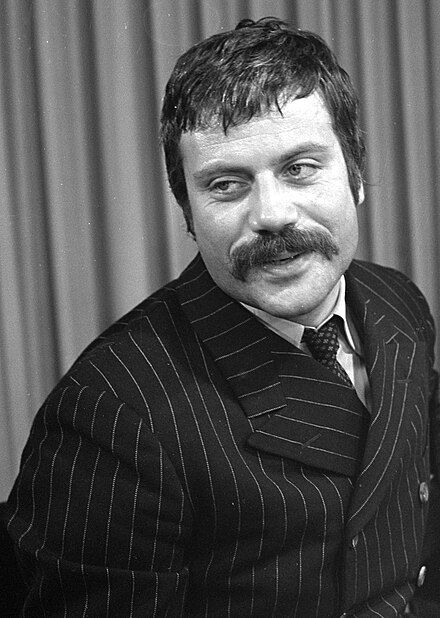
3. Oliver Reed (1938–1999)
Oliver Reed, a truly larger-than-life presence in the film industry known for his commanding screen presence, passed away while working on the epic historical drama “Gladiator.” At 61, Reed suffered a fatal heart attack during a break from filming in Malta, a sudden and unexpected tragedy that deeply affected the production.
His sudden death posed a significant and complex challenge for the production team, who still needed to complete his remaining, crucial scenes as the formidable character Proximo. Reed’s performance was integral to the narrative, and finding a way to finish his work without compromising the film’s integrity was paramount.
Utilizing a combination of cutting-edge CGI technology and body doubles, the filmmakers managed to seamlessly integrate Reed’s character into the finished film, a remarkable feat of cinematic engineering. “Gladiator” went on to achieve immense critical and commercial success, becoming a modern classic. Reed’s powerful performance, alongside the film’s dedication to him, ensured that his legacy would endure, even in his absence from the screen.

4. Paul Walker (1973–2013)
Paul Walker’s tragic off-set car accident shook the world and left the highly anticipated “Furious 7” in an unexpected and heartbreaking limbo. The 40-year-old actor was an integral and beloved part of the immensely popular franchise, and his sudden demise required profoundly creative and sensitive solutions to complete the film.
The production team, facing an unprecedented challenge, made the decision to use Walker’s own brothers, Caleb and Cody, as stand-ins for his remaining scenes. This familial involvement added a deeply personal touch to the completion of the movie, honoring their brother’s memory in a unique way. Advanced CGI was then employed to seamlessly complete his performances.
Crucially, script adjustments were also made, carefully weaving his character’s storyline towards a fitting and emotional conclusion that served as a poignant farewell. The final film became a heartfelt tribute, celebrating Walker’s enduring contributions to the series and leaving fans with a deeply moving and unforgettable goodbye. His legacy continues to fuel the passion of “Fast & Furious” enthusiasts worldwide.
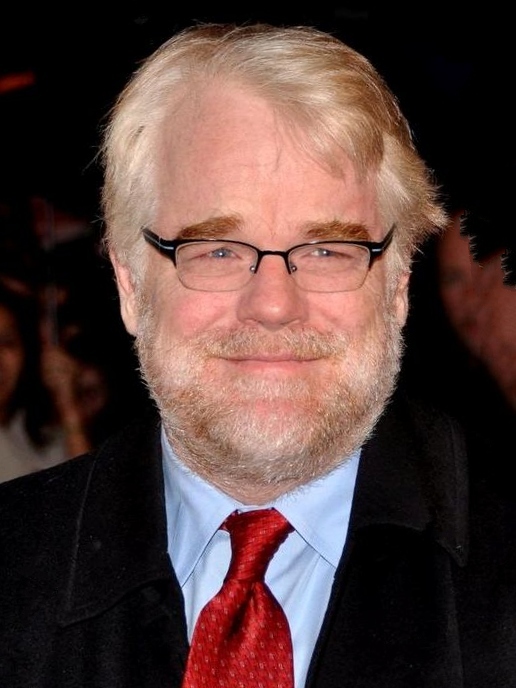
5. Philip Seymour Hoffman (1967–2014)
Philip Seymour Hoffman, revered for his profound talent and ability to inhabit complex characters, passed away during the filming of “The Hunger Games: Mockingjay – Part 2.” The 46-year-old actor, who played the crucial role of Plutarch Heavensbee, had completed most of his scenes but tragically died of drug intoxication before filming a few key, remaining moments vital to the narrative.
To address this immense loss and preserve Hoffman’s integral role in the narrative, filmmakers opted for a delicate blend of digital effects and minor script changes. This careful approach ensured that his character’s presence remained impactful and emotionally resonant throughout the film, maintaining the story’s integrity.
Hoffman’s loss was deeply felt by fans and colleagues alike across the industry. Yet, his final performance stood as a powerful testament to his extraordinary ability to move audiences, even within the grand scope of a major franchise setting. His dedication to his craft shone through, even in these difficult circumstances.
6. John Candy (1950–1994)
John Candy, a truly beloved figure known for his comedic genius and warmhearted portrayals, died of a heart attack while filming “Wagons East” in Mexico. At just 43 years old, Candy was at a significant height in his career, and his unexpected death left the production in considerable disarray, with the film incomplete.
The filmmakers, faced with the daunting task of finishing the movie without their beloved star, made a series of adjustments. They utilized stand-ins for his character and undertook significant rewrites of the script to navigate his absence. These efforts allowed the movie to be completed and eventually reach theaters, a testament to their determination.
Though “Wagons East” itself received mixed reviews upon its release, fans and critics alike celebrated Candy’s final performance, recognizing his immense talent. His unique ability to blend humor with heartfelt emotion left a lasting impact on audiences, and the film remains a sentimental farewell to an actor who brought joy to countless lives.

7. Natalie Wood (1938–1981)
Natalie Wood’s mysterious drowning shocked the world during the filming of the science fiction thriller “Brainstorm.” At 43, she was a seasoned star with an illustrious career, and her untimely death during a weekend break created both a media frenzy and significant production challenges for the movie, leaving everyone stunned and heartbroken.
The filmmakers, grappling with the sudden and profound loss, decided to restructure the script extensively to work around the absence of Wood’s character in certain crucial scenes. This involved creative narrative solutions to explain her character’s diminished presence or pivot storylines away from her.
Despite the turmoil and the immense emotional toll, “Brainstorm” was ultimately completed and released, leaving audiences to grapple not only with the film’s narrative but also with the haunting loss of a Hollywood icon. Wood’s final film added another layer to her illustrious career, filled with memorable performances that continue to captivate and inspire generations of film lovers around the world. Her passing also contributed to the enduring mystery surrounding her death for many years.

8. Marilyn Monroe (1926–1962)
Marilyn Monroe, an undeniable icon, captivated audiences with her blend of glamour and vulnerability. Her tragic death in August 1962, at just 36 from a barbiturate overdose, profoundly shocked Hollywood and her global fanbase. At the time, Monroe was actively filming “Something’s Got to Give,” a comedic project intended to revitalize her career amidst personal challenges.
The production was already difficult due to Monroe’s frequent absences, causing studio tensions. Rumors even suggested she was fired. However, co-star Dean Martin reportedly insisted on working only with her, highlighting her irreplaceable star power. This underscored the unique appeal she held for both colleagues and the public.
With Monroe’s sudden passing, the project was ultimately abandoned. The studio’s attempts to complete the film without its central star were impossible. Her charisma and role were too vital to the story’s success and emotional core.
What remained were tantalizing glimpses of her work. Partial footage appeared in documentaries like “Marilyn Monroe: The Final Days,” offering a poignant look at what might have been. Her unfinished work only added to the mystique surrounding Marilyn Monroe, cementing her status as a legendary figure whose complex life and talent continue to intrigue.
9. Tyrone Power (1914–1958)
Tyrone Power, a dashing leading man of Hollywood’s Golden Age, was celebrated for his swashbuckling roles and magnetic screen presence. His career tragically ended in November 1958, when at 44, he suffered a fatal heart attack on the set of “Solomon and Sheba” in Madrid. Power collapsed during an intense duel scene, a devastating loss for the production.
With over half the movie shot, Power’s death created an immense challenge. His character was central, and halting such a large-scale production was not feasible. The studio faced a monumental task: completing the film while honoring their star’s memory and salvaging their significant investment.
The solution involved recasting, with the iconic Yul Brynner stepping into the role of Solomon. This necessitated reshooting all of Power’s completed scenes, including intricate fight sequences and dramatic dialogue. It was a painstaking process, essentially restarting a significant portion of the film.
Despite the profound setback, “Solomon and Sheba” was eventually completed and released. As a poignant tribute, the director left Power visible in some long-shot scenes, a subtle acknowledgment of his initial contributions. The film stands as a testament to Power’s enduring appeal and the studio’s remarkable determination in the face of tragedy.
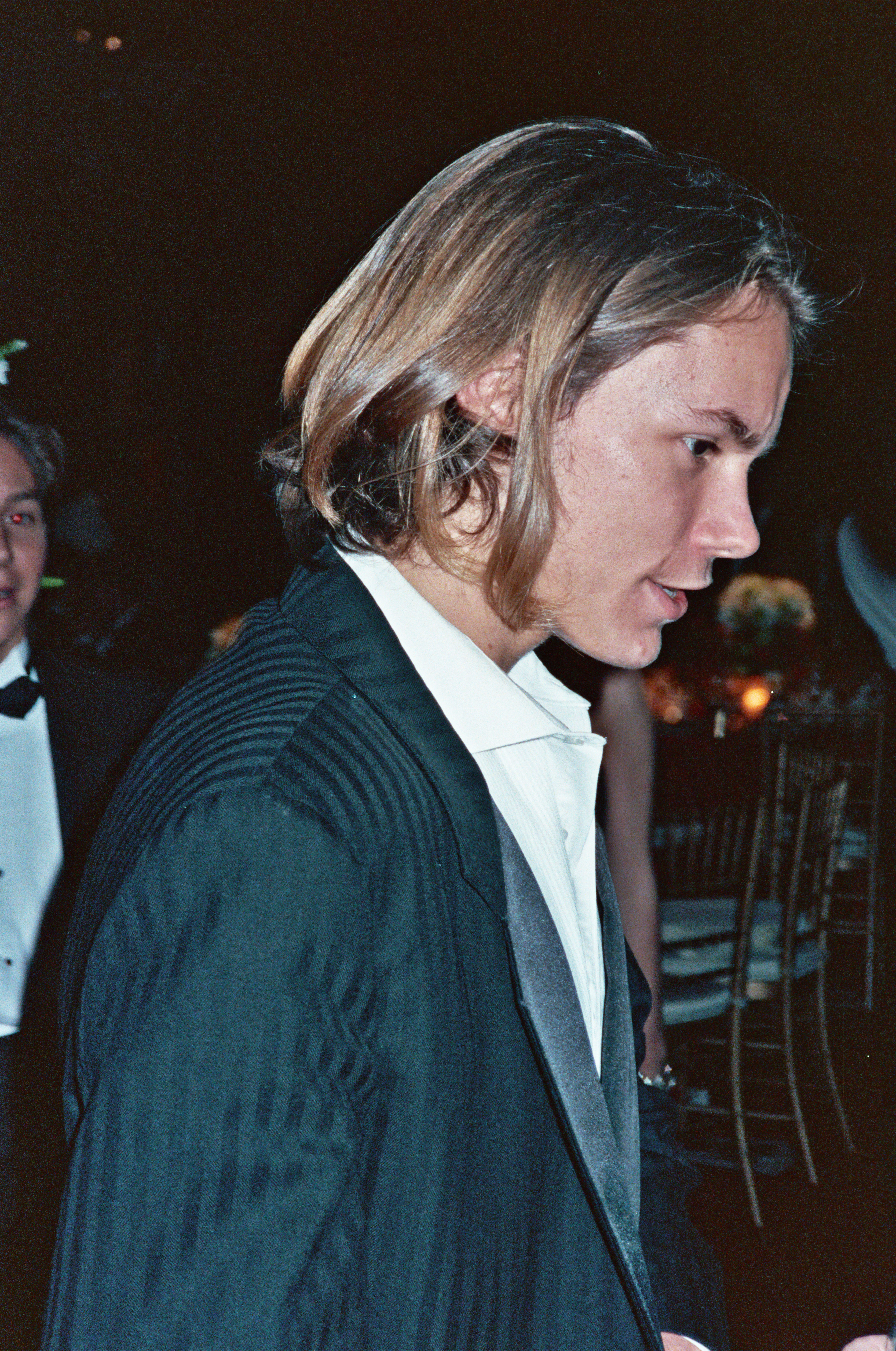
10. River Phoenix (1970–1993)
River Phoenix, a truly gifted young actor, celebrated for his intense performances and raw emotional depth, was hailed as one of his generation’s most promising talents. His life was tragically cut short in October 1993, at just 23, from a drug overdose outside the Viper Room in Los Angeles. At the time, Phoenix was deep into the production of the film “Dark Blood.”
Phoenix’s unexpected death brought filming to an abrupt halt, leaving the project incomplete for decades. The dark thriller was very close to finishing, with only a few weeks of shooting remaining. The studio faced an impossible dilemma: how to complete a film without its central, irreplaceable star.
For nearly two decades, “Dark Blood” remained shelved, a poignant reminder of talent lost too soon. It wasn’t until 2012 that the film’s director, George Sluizer, owning the rights, revisited the project. He painstakingly re-edited existing material, narrating missing scenes to bridge narrative gaps, creating a “partially reconstructed” version.
This unique, posthumous presentation allowed limited audiences to finally witness Phoenix’s raw talent in his unfinished role. “Dark Blood” today serves as a powerful and melancholic reminder of River Phoenix’s exceptional promise, offering a glimpse into the career that might have been, and underscoring his enduring impact in Hollywood.
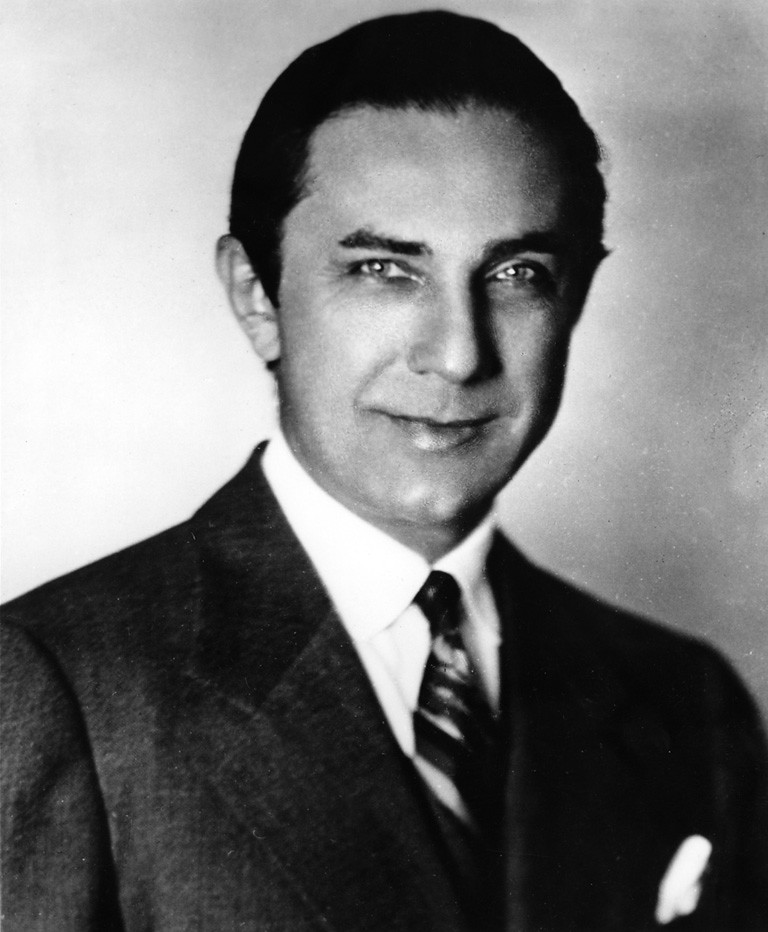
11. Bela Lugosi (1882–1956)
Bela Lugosi, immortalized as Count Dracula, built a legendary career in horror cinema. By the mid-1950s, his health was failing. In August 1956, at 73, Lugosi passed away from a heart attack, while nominally involved in what would become Ed Wood’s famously “bad” film, “Plan 9 from Outer Space.”
Lugosi’s death occurred very early in “Plan 9’s” production; he had shot only a few minutes of silent test footage for Wood. Undeterred, director Ed Wood, known for his unconventional methods, was committed to completing the film and preserving Lugosi’s presence as a tribute to the horror icon.
Wood’s solution was famously unorthodox, a hallmark of the film’s cult status. He incorporated the existing brief footage of Lugosi. Then, he hired his wife’s chiropractor, Tom Mason, as a body double for additional scenes. Mason, who bore little resemblance to Lugosi, was instructed to obscure his face with a cape in every shot, maintaining the illusion.
Despite its many peculiarities, “Plan 9” was completed and gained cult status. Lugosi’s posthumous involvement, even through such unconventional means, added to its bizarre allure. It cemented his place in horror history, showcasing the extraordinary, sometimes comical, lengths filmmakers go to overcome obstacles.

12. Roy Kinnear (1934–1988)
Roy Kinnear, a much-loved British character actor, renowned for his genial demeanor and comedic timing, graced both film and television. His career tragically ended in September 1988, during the production of “The Return of the Musketeers” in Spain. Kinnear, aged 54, fell from a horse while filming a stunt, sustaining fatal complications from a broken pelvis and internal bleeding.
The news cast a profound shadow over the set, deeply affecting the cast and crew, many of whom had worked with him previously. The incident starkly highlighted filmmaking’s inherent dangers, even for experienced actors. Despite the overwhelming grief, filmmakers chose to press on, determined to complete the movie as a tribute to Kinnear’s final work.
His character, Planchet, was a key supporting role. Careful script adjustments were made to accommodate his absence without extensive CGI or recasting for remaining scenes. Existing footage was utilized, and the narrative restructured to allow a respectful conclusion to his character’s involvement. This decision reflected a collective resolve to honor their colleague.
“The Return of the Musketeers” was ultimately released, and Kinnear’s final performance was received with heartfelt appreciation. Crucially, his tragic passing spurred increased awareness and led to critical improvements in safety standards across film sets worldwide. His legacy thus became not just one of performance, but also of crucial reform in protecting actors and crew.
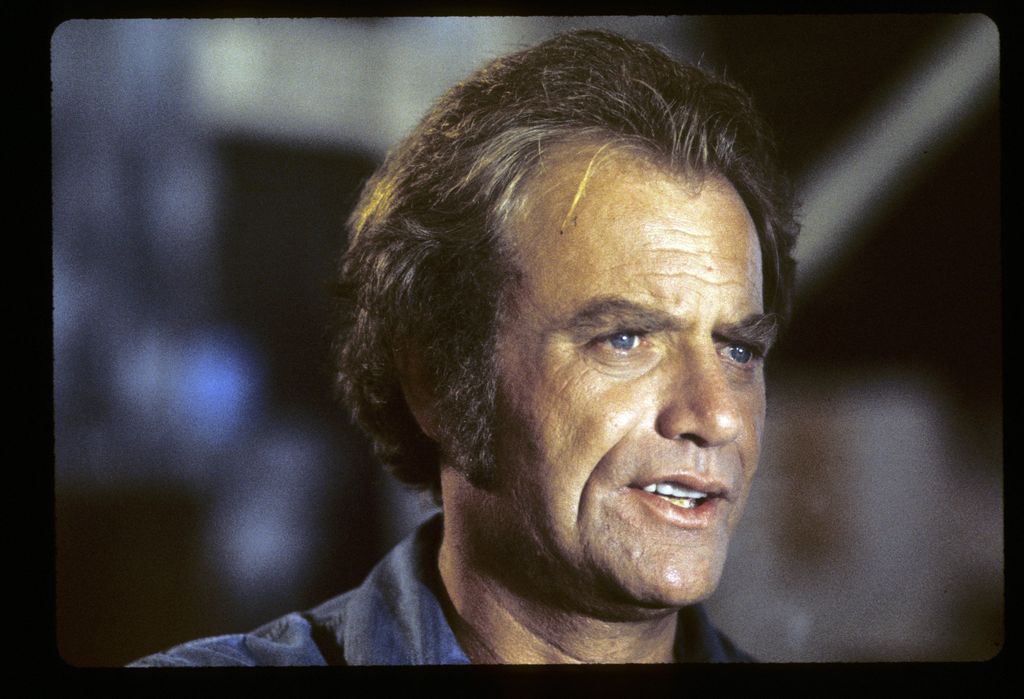
13. Vic Morrow (1929–1982)
Vic Morrow’s career featured a strong presence in film and television, but his name is most tragically linked to one of Hollywood’s most infamous on-set accidents. In July 1982, during the filming of “Twilight Zone: The Movie,” Morrow, then 53, and two child actors, My-Ca Dinh Le (7) and Renee Shin-Yi Chen (6), were killed. A horrific helicopter crash, caused by an uncontrolled pyrotechnic explosion, remains a stark reminder of filmmaking perils.
This shocking accident, occurring during a night sequence, immediately halted production and ignited legal battles. The tragedy led to protracted criminal and civil cases against director John Landis and crew, ultimately resulting in their acquittal for involuntary manslaughter. However, it exposed severe lapses in on-set safety protocols.
The incident profoundly impacted the entire film industry, serving as a critical turning point for safety regulations. New, far more stringent guidelines were implemented for pyrotechnics, child actor involvement in dangerous scenes, and overall set management. It forced Hollywood to overhaul its approach to worker safety, aiming to prevent such a catastrophic event.
Despite the immense tragedy and legal turmoil, “Twilight Zone: The Movie” was completed and released. Morrow’s segment, however, was heavily edited to minimize his presence and reflect the altered narrative. His passing underscored filmmaking’s inherent dangers, cementing his name not just as an actor, but as a pivotal figure in the history of film safety reform.

14. Bruce Lee (1940–1973)
Bruce Lee, a phenomenon of martial arts and cinema, transcended cultural boundaries to become a global icon. His electrifying presence, groundbreaking fight choreography, and philosophical insights captivated audiences, paving the way for martial arts films in the Western world. During the making of “Game of Death,” in July 1973, Lee died unexpectedly at 32 from cerebral edema, leaving the film profoundly incomplete.
Lee conceived “Game of Death” as a showcase for his unique fighting philosophy, intending to feature distinct martial arts styles in a pagoda setting. He had already filmed a significant portion of the fight sequences, including iconic battles with Kareem Abdul-Jabbar, when his life was tragically cut short. His death sent shockwaves worldwide, prompting speculation about the cinematic masterpieces he might have created.
To honor his unparalleled legacy and complete his vision, filmmakers faced an enormous challenge. Years later, they assembled a highly altered version of “Game of Death.” This involved using existing footage shot by Lee, interspersed with body doubles, stand-ins, and extensive rewrites to construct a coherent narrative. The finished product, while not entirely Lee’s original concept, still managed to highlight his exceptional skills and charisma.
Lee’s influence on martial arts and popular culture continues to resonate powerfully, inspiring countless practitioners and filmmakers. His untimely death only added to the mystique surrounding his life and career, transforming him into an eternal legend. His pioneering spirit and unparalleled talent remain celebrated across generations and continents, a true testament to an extraordinary life cut too short.
The stories of these actors remind us that beneath the glamour and illusion of Hollywood lies a profound human element, where life and art often intertwine with heartbreaking fragility. Each narrative is a testament to resilience, a display of creativity in the face of insurmountable loss, and a poignant marker of the enduring legacies left by those who, against all odds, continued to shine even after the final curtain fell. These films, completed through tears and ingenuity, stand as eternal monuments to talent, dedication, and the indelible mark left by stars whose light was extinguished too soon.

